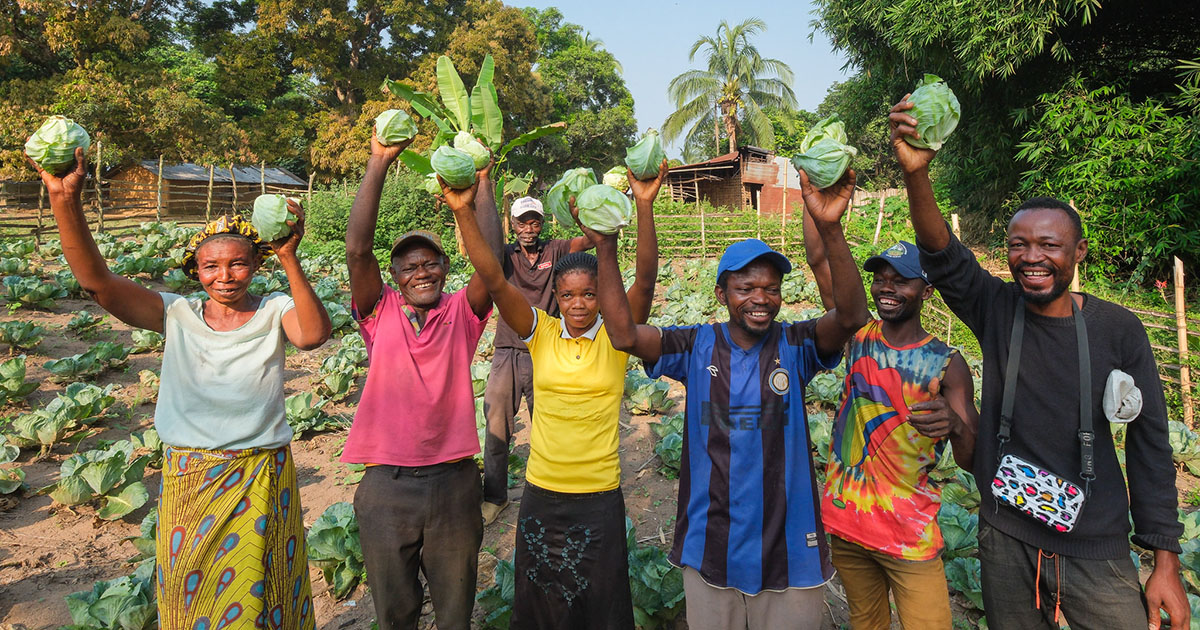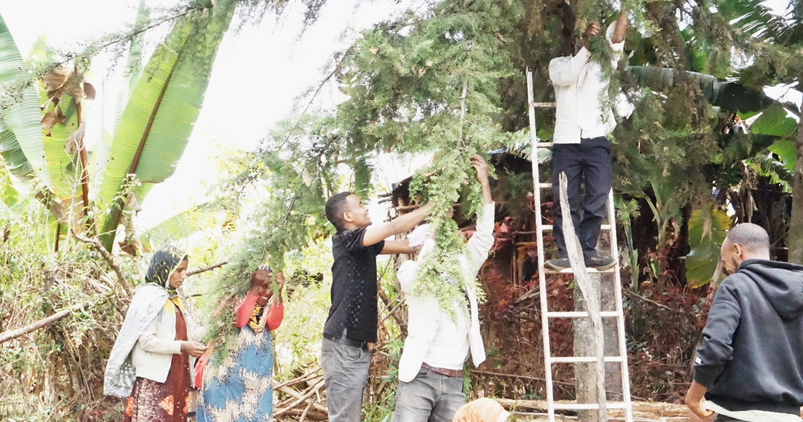Aquaculture is one of the main drivers of mangrove loss across Southeast Asian countries. The conversion of mangroves to aquaculture generates substantial loss of carbon stocks and reduces carbon storage capacity. Here, we present total ecosystem carbon stocks (TECS), carbon dioxide (CO2) and methane (CH4) effluxes obtained from mangrove forests (fringe and interior mangroves), silvofishery aquaculture ponds (dense and sparse mangroves), and non-silvofishery aquaculture ponds in Sawah Luhur, Banten, Indonesia. We found no significant difference in TECS across five land uses, ranging from 261 ± 14 Mg C ha-1 in non-silvofishery ponds to 574 ± 119 Mg C ha-1 in fringe mangroves. Most of these stocks were found in the soil carbon pool (87%) in fringe and interior mangroves. However, the conversion of mangroves to aquaculture ponds resulted in soil carbon loss from -6% to 60%. The highest soil CO2 effluxes during dry and wet seasons were observed in interior mangroves (151 ± 12 mg CO2 m-2 h-1). The highest soil CH4 effluxes were found in fringe mangroves with 0.13 ± 0.04 mg CH4 m-2 h-1. The highest aquatic CO2 and CH4 effluxes were found in dense silvofishery ponds, at 118 ± 7 mg CO2 m-2 h-1 and 0.38 ± 0.04 mg CH4 m-2 h-1, respectively. Our findings suggest that land use that includes mangroves (i.e., mangrove forest and/or silvofishery ponds) tends to have higher carbon stocks, soil, and aquatic CO2 and CH4 effluxes, compared to aquaculture ponds without mangroves. It is therefore crucial to maintain mangroves for natural carbon capture and storage through carbon stock enhancement.
Download:
DOI:
https://doi.org/10.3389/fevo.2024.1340531
Dimensions Citation Count:

























